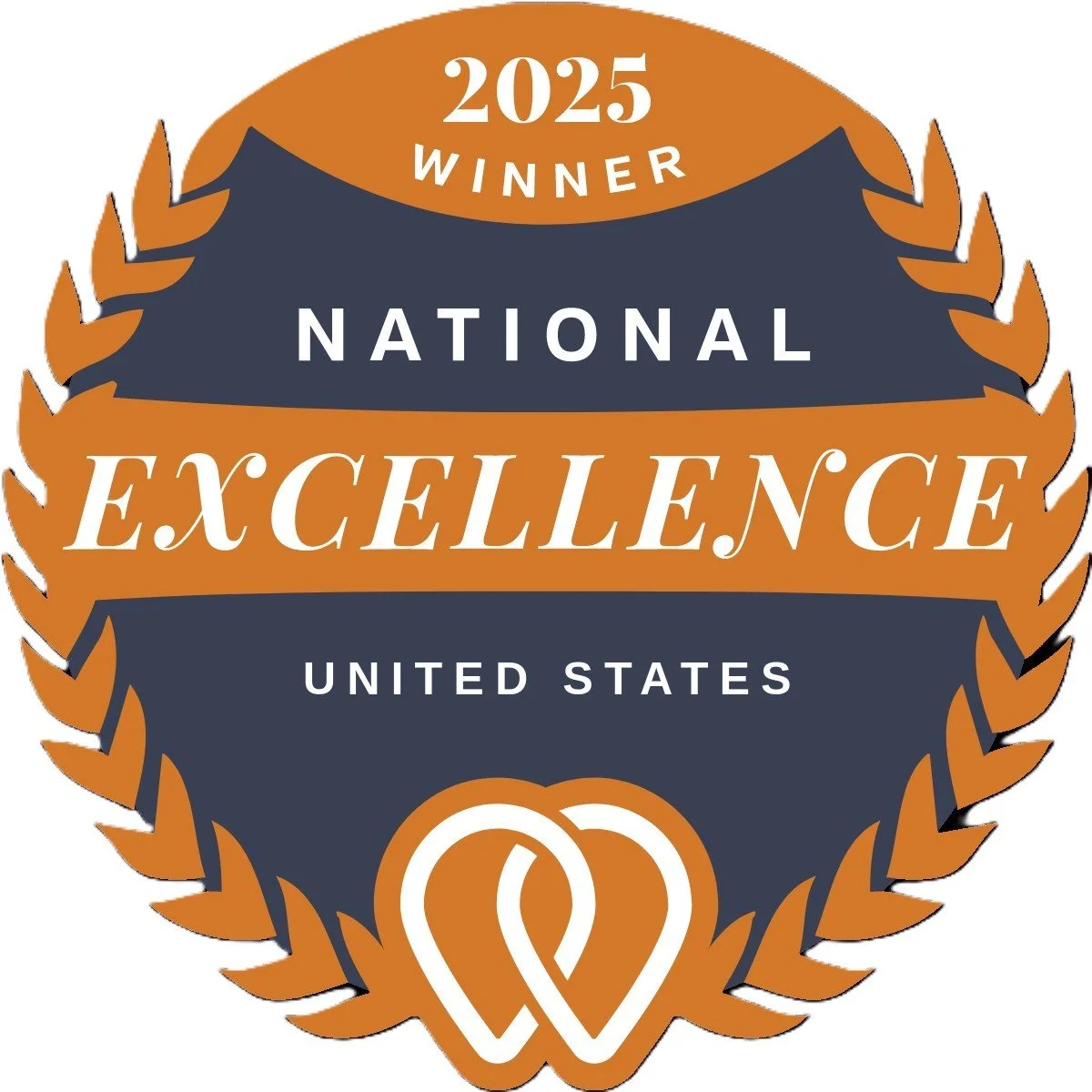Debunking A Few PR Fallacies
/I’d like to start this out by saying to all the kids out there who have had to move desks (perhaps several times) for talking too much in class, you may have a future career in Public Relations.
As a young “talker” myself, when being asked what I wanted to do when I grew up, my answer was often an actress. After several years of junior and senior high school drama – plus some dabbling early on in college – I decided the acting path wasn’t for me. I did, however, know that I wanted to work with the media in some capacity and in a field where “talking too much” would be appreciated (for the most part), instead of viewed as a distraction and forced to move.
When deciding on a degree, Communications felt in line with my personality, interests and skills. Add in the media elements of Public Relations and I was sold. Although, to be completely honest, I wasn’t completely sure what PR was when going into it, nor how I was going to apply it in the industry when I finished.
There are so many different avenues to take in PR. I personally took several paths, ultimately bringing me to my current career in tech PR. From tackling a startup's social media marketing right out of college; to live interviews on the local Sacramento news for a nonprofit; to supporting smart beds on “The Today Show” – it’s no wonder my family and friends still aren’t sure what it is I do.
Defined by PRSA as, “a strategic communication process that builds mutually beneficial relationships between organizations and their publics,” the nature of public relations continues to shift and adapt in today’s evolving economy. Rather than trying to explain what PR is – and to avoid a novel – I thought I’d dive into a few misconceptions and provide some personal insight from the field.
PR Pros Sit on Social Media All Day Every Day: In today’s always-on culture, social media plays an important role in communications, driving brand awareness and connections with end users. While some individuals do hold social media roles where they spend a majority of their time monitoring, drafting, posting, sharing and commenting, the bulk of PR professionals are using social media as just one piece to a much larger communication strategy. Even those who are hyper-focused in the social realm of communications are not spending all day scanning the channels but rather strategizing with team members and clients to ensure the best end results. Social media may look like a simple send and repeat tool from the outside, but there is much more that goes into every piece of content created and shared.
Planning Events Means Flashy Celebrity Parties: This is one of my favorites. While Samantha Jones and “The Hills” made PR events look like all glitz and glam, not all PR events incorporate red carpets and celebrity guest lists. There is another side to PR events that involves building important one-on-one connections with the media and brands. Beyond the mingling and entertainment, these events can provide an opportunity for brands to showcase new products, ideas, concepts, and more to important industry influencers and a personal level. In the end, they may look like they were executed in a breeze, when in reality there were countless hours of planning, execution and wrap-up among multiple team members taking on different elements to ensure everything falls into place without a glitch. And if there are glitches, it's typically the PR pros that intervene to ensure they go unnoticed to the attendees. Another role played by PR among the many.
PR Pros Just Write Press Releases: Sure, this is in our blood but it's not the only thing flowing in there. Press releases play a vital role in getting the news, however, similar to other elements of PR, a press release on its own isn’t going to do the job, and isn’t always the right communication tool for the task at hand. A press release can serve as one part of the larger strategy, whether for a new product launch, upcoming event or company announcement. However, I recently had someone say to me, “I put together a press release using Chat GPT, can you send it out to your media list.” This is an example of a press release gone wrong. Press releases should be well thought out with messaging tailored for their intended audiences. And, those receiving them are just as important as the content. If your press release doesn’t go to the right person, it will most likely halt in its tracks.
Media Requests Inundate PR Pros’ Inboxes: There are certainly many PR professionals who are in roles where incoming media requests are flooding in for comments, interest in product, interviews, and more. Contrary to this, and for many early stage and startup companies seeking PR, it takes time, ongoing activities, and patience to build meaningful relationships. The media is extremely busy keeping up with ongoing updates and news and it is our job as PR professionals to make their lives easier. It's about building two-way relationships with the media, ultimately driving that “flood” of interest in the future.




